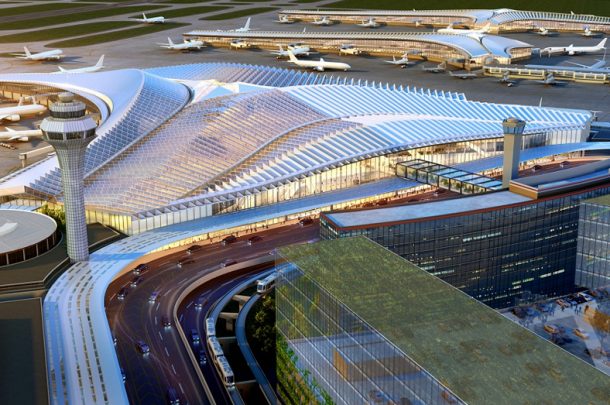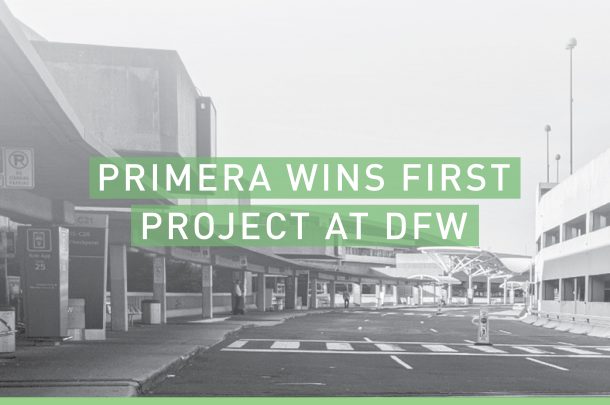The Joliet Regional Port District selected Primera to provide engineering consulting services at the Chicago-Romeoville (Lewis University) Airport as part of a five-year retainer. The retainer includes development, planning, preliminary assessment, design, construction, and/or special services for 14 projects. To date, Primera’s work as part of the retainer includes the following projects:
Construct Access Road and Air Traffic Control Tower (ATCT) Road with Utilities: Primera designed a new access road, parking lot, and fire lane access road to accommodate a new ATCT. One of Primera’s current aviation planners assisted with funding initiatives and stakeholder identification and consultation for the tower, resulting in $8.2 million in funding. Primera also provided utility design to extend water, sewer, power, natural gas, and communication facilities to the new ATCT.
Reconstruct Taxiways R2, R3, R – Phase 2: Primera provided design, bidding, and construction services for the replacement of a 30-year-old portion of Taxiway R, and T-Hangar Access Taxiways and associated T-Hangar aprons—R2 and R3. Primera completed the design in an expedited manner and secured project bids under budget. Primera developed a detailed construction phasing plan to minimize overall airport operational impacts and the number of aircraft that had to be temporarily relocated.
Rehabilitate Taxiway B – Phases 2 and 3: Primera provided design and construction services to reconstruct Taxiway B to eliminate the existing layout that could be considered “Hot Spots” under the FAA’s updated “Congestion/Direct Connection” airfield layout directives. Phase 2 included the removal, relocation, or modification of connections to Runway 9-27 and the multi-pump self-service fuel to simplify and improve traffic flow while reducing potential runway incursions by lost or mis-directed aircraft. To minimize the operational impacts from the removal and replacement construction, Phase 2 and 3 required work to be conducted in numerous, sequential phases; Phase 2 was sequenced into seven phases, and Phase 3 had phased work in nine areas. One of Primera’s current aviation planners led Phase 1, which he completed in 2011.
















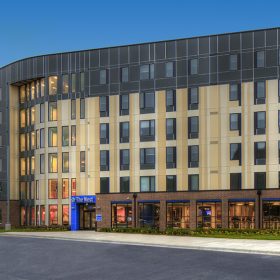



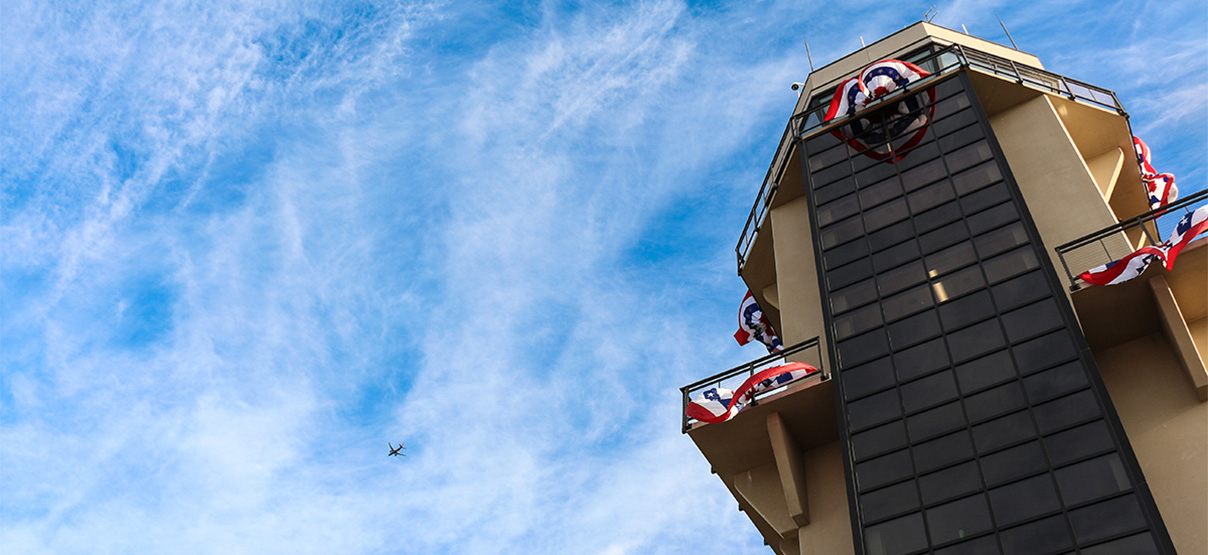
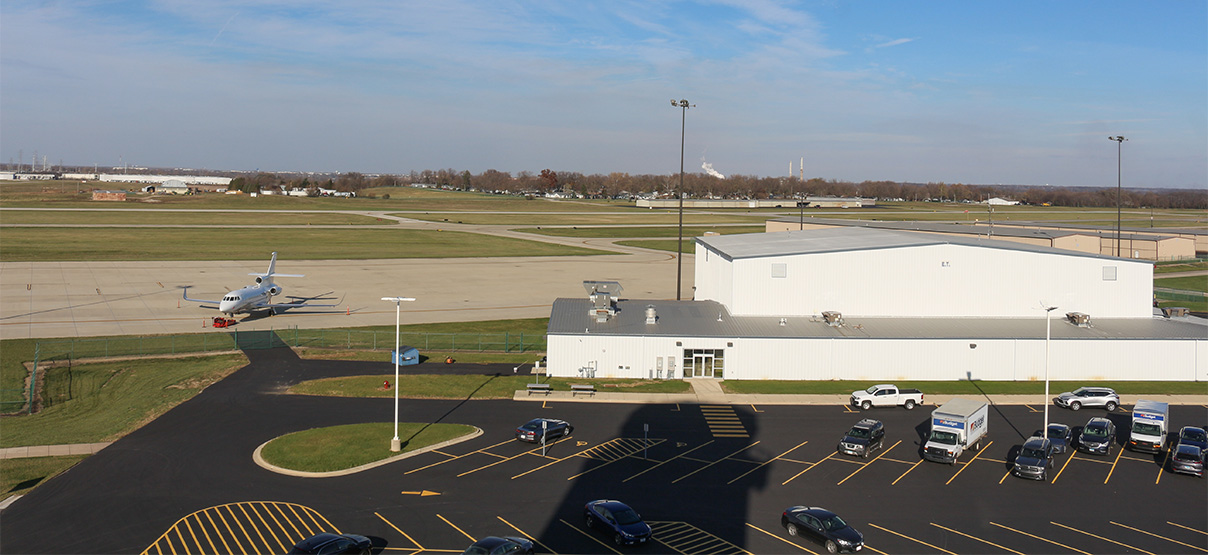
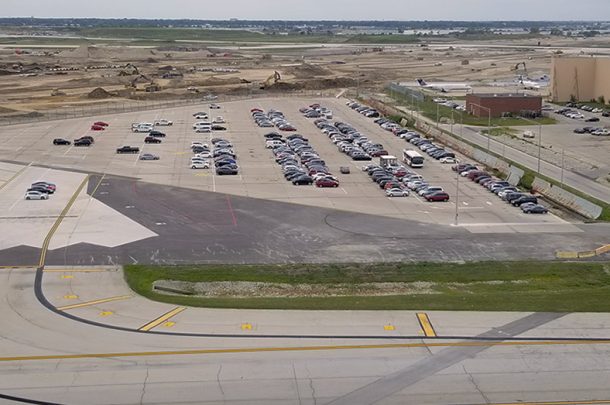
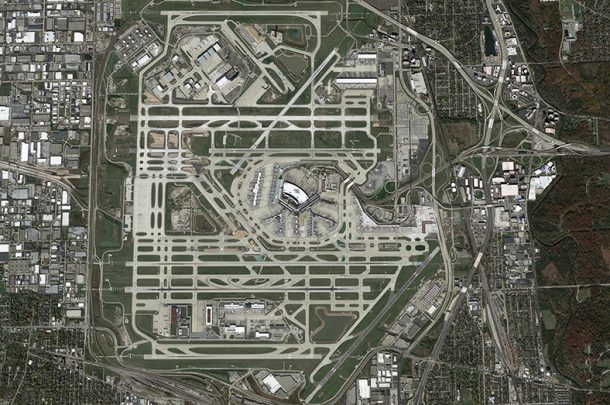
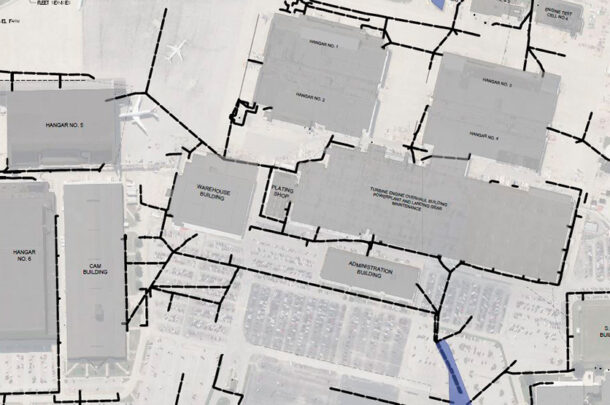

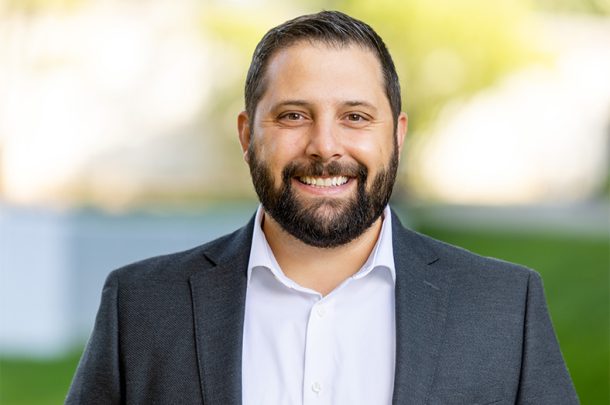


 Chicago-Romeoville Airport Ribbon Cutting Ceremony
Chicago-Romeoville Airport Ribbon Cutting Ceremony 
